William Clark of the Lewis and Clark Expedition visited Pompeys Pillar on July 25, 1806, on his return trip to St. Louis. He carved his name and the date upon the rock formation and it is still visible today.
In the original journals of the Lewis and Clark expedition, he wrote, "...this rock I ascended and from its top had a most extensive view in every direction... immense herds of buffalo, elk, and wolves."
The pillar is 150' above the Yellowstone River and consists of sandstone from 75-66 million years ago. Archeological evidence indicates that man has inhabited the area for the last 11,000 years.
It was designated a National Historic Site on July 25, 1965.
In 2001, Pompeys Pillar was named a National Monument. It is managed by the Bureau of Land Management. An updated Interpretive Center was opened in 2006 and has extensive and interesting exhibits of the journey of Captain William Clark and his detachment, down the Yellowstone River Valley in 1806. His party included guidewoman, Sacajawea, and her 17-month old son, Jean Baptiste Charbonneau.
Clark had given the boy the nickname "Pomp," which means "little chief" in Shoshoni. Clark named the sandstone formation after him, calling it Pompy's Pillar. In 1814, the editors of Clark's journals changed it to Pompeys Pillar. It is known to the Crow Nation as the Mountain Lion's Lodge and was an important landmark, lookout, and cultural center for them.
Tipis, a view of the pillar in the background, and the Interpretive Center on the right.
Bust of Clark.
Awesome exhibit!
This is the grate placed over Clark's famous signature by Northern Pacific engineers in 1882 to protect it from vandalism.
The Foote family (who owned the property at the time) replaced the grate in 1956 with the protective glass case that covers it today.
- Four men of the expedition led by Sergeant Pryor were instructed to travel cross country on their horses. They headed south (near Billings) and awoke the next morning to find their horses gone.
- They headed north toward the river and arrived at the pillar where they shot two large buffalo on July 26. Using the green skins of the buffalo, they built a boat making the frames from branches lashed together with strips of the hide. (They had seen Indian women do this several years earlier.)
- The "bullboats" were 7' 3" in diameter and 16" deep.
- On August 8th, they met Clark's party approximately 400 miles downstream arriving safely in the boats!
Close up...
The walkway continues to the top of the rock where there are beautiful views of the Yellowstone River and surrounding country side.
The top of the pillar.
We saw several yellow-bellied marmots lounging in the sun on the rock formation.
This was a fun side trip. I had never heard of this place until we started looking into things to see in the region near the Little Bighorn Battlefield. I will definitely be reading up on the Lewis and Clark Expedition as this place really sparked my interest.
Admission to the national monument is $7/per vehicle. As I mentioned previously, John's senior pass gets in for free (what a bargain!)
Website: www.pompeyspillar.org
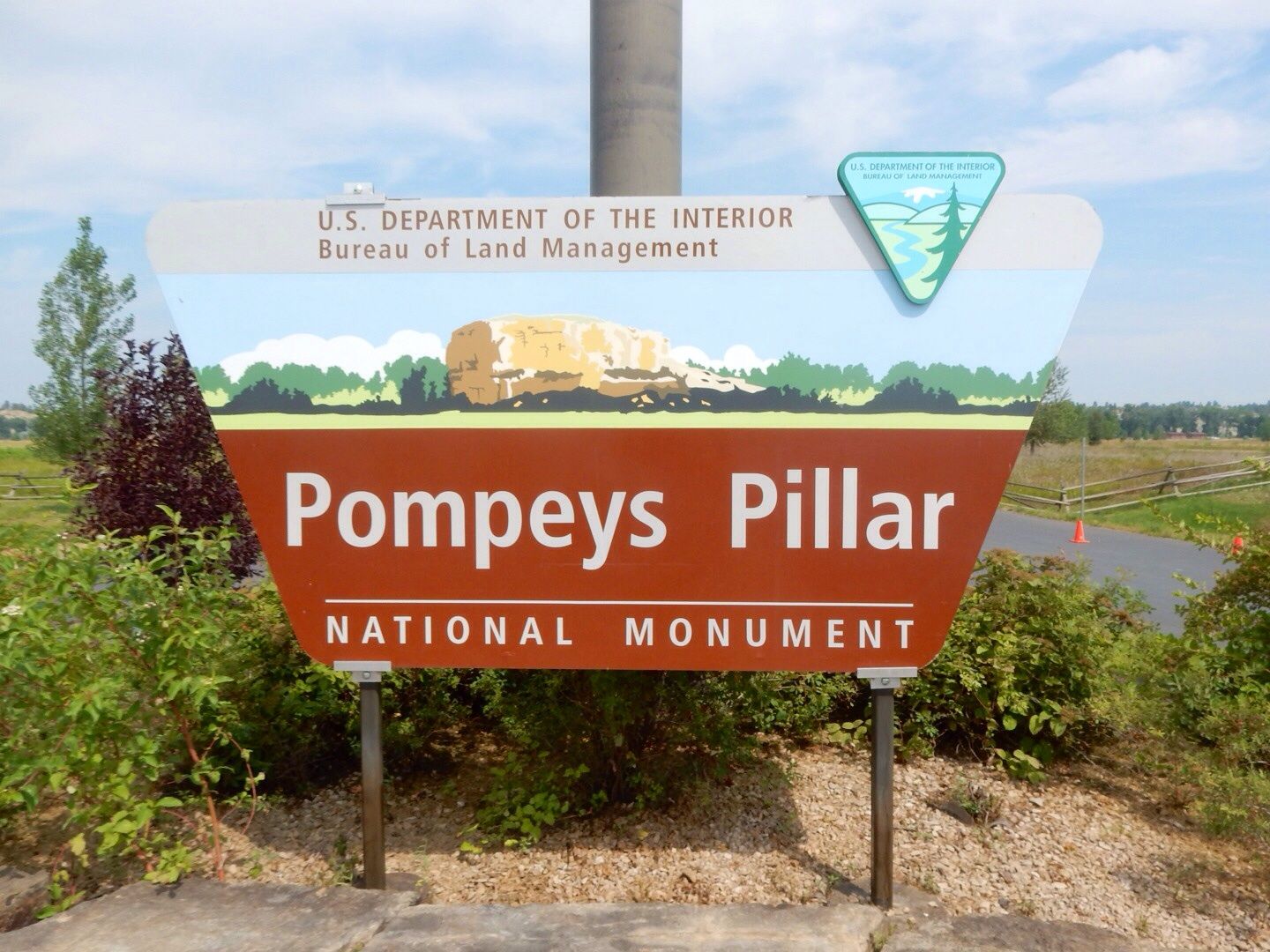
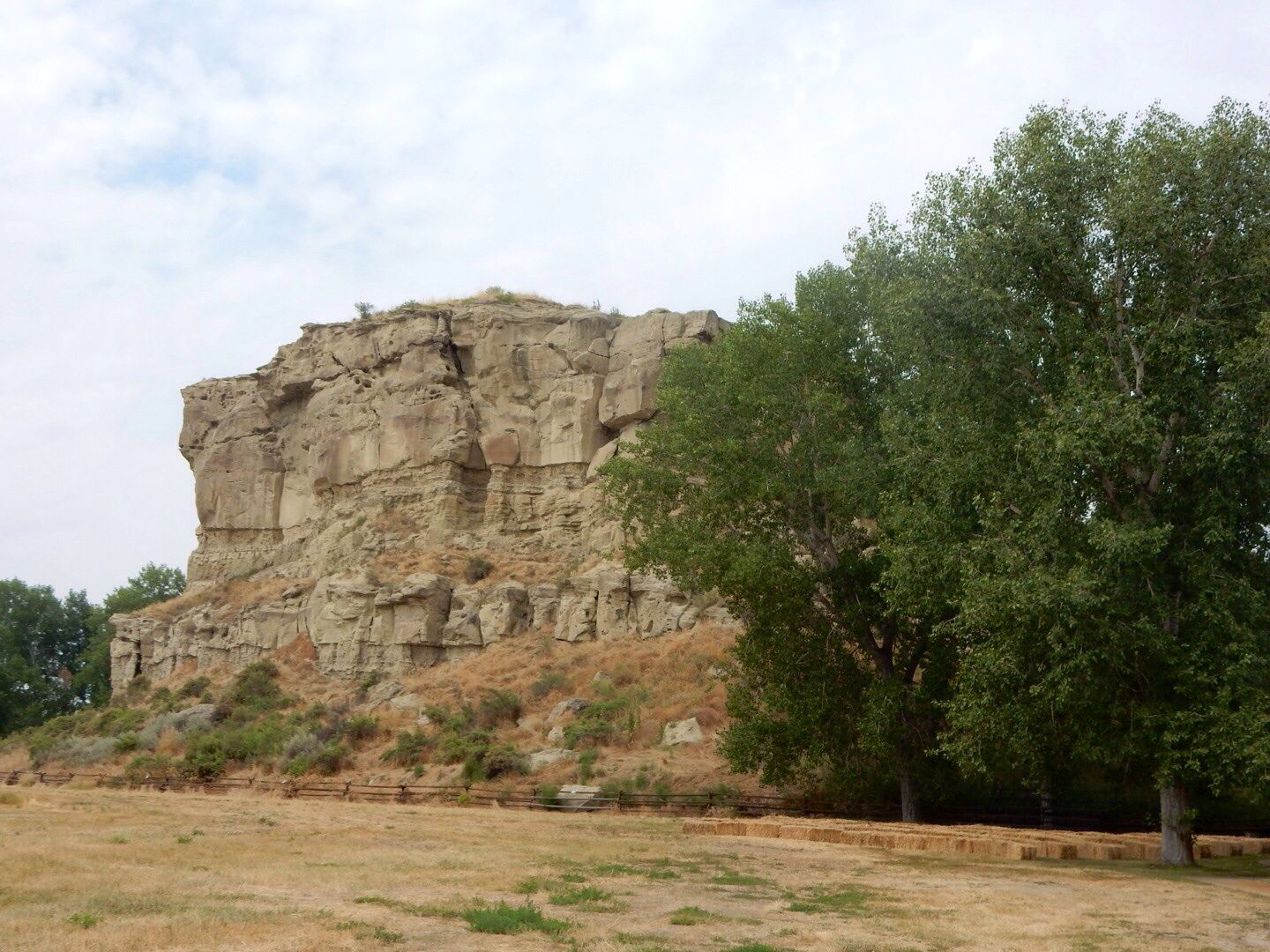

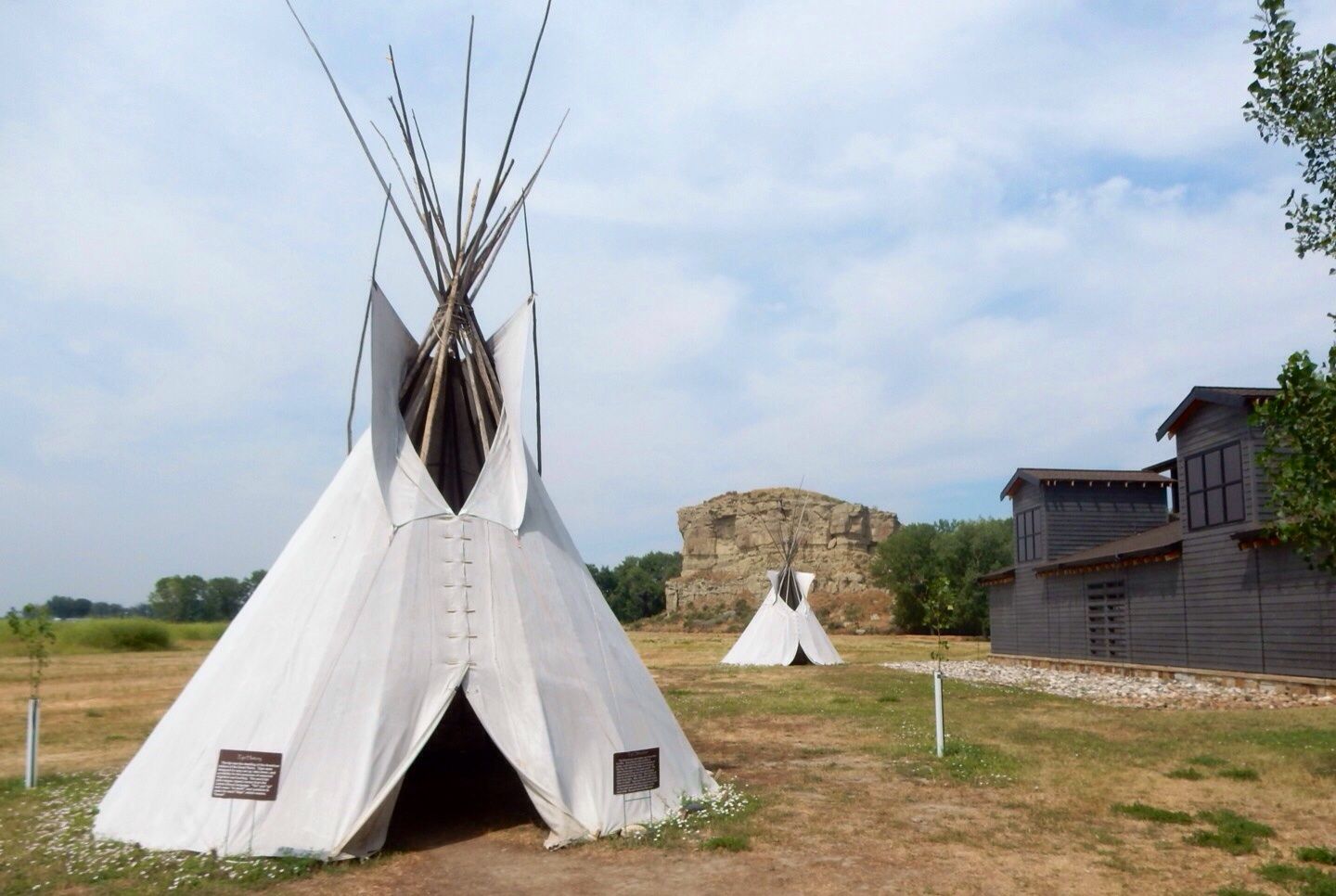

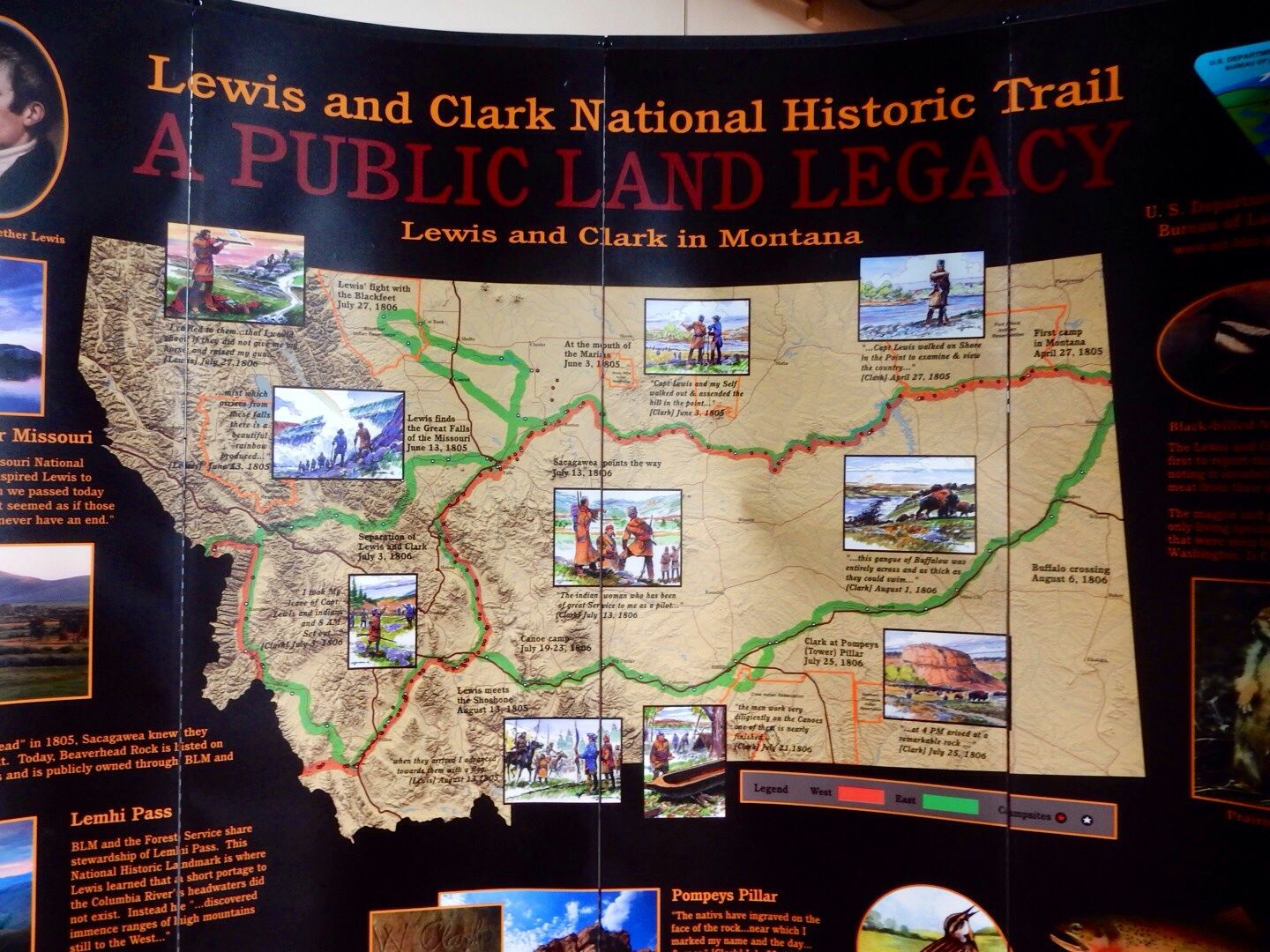
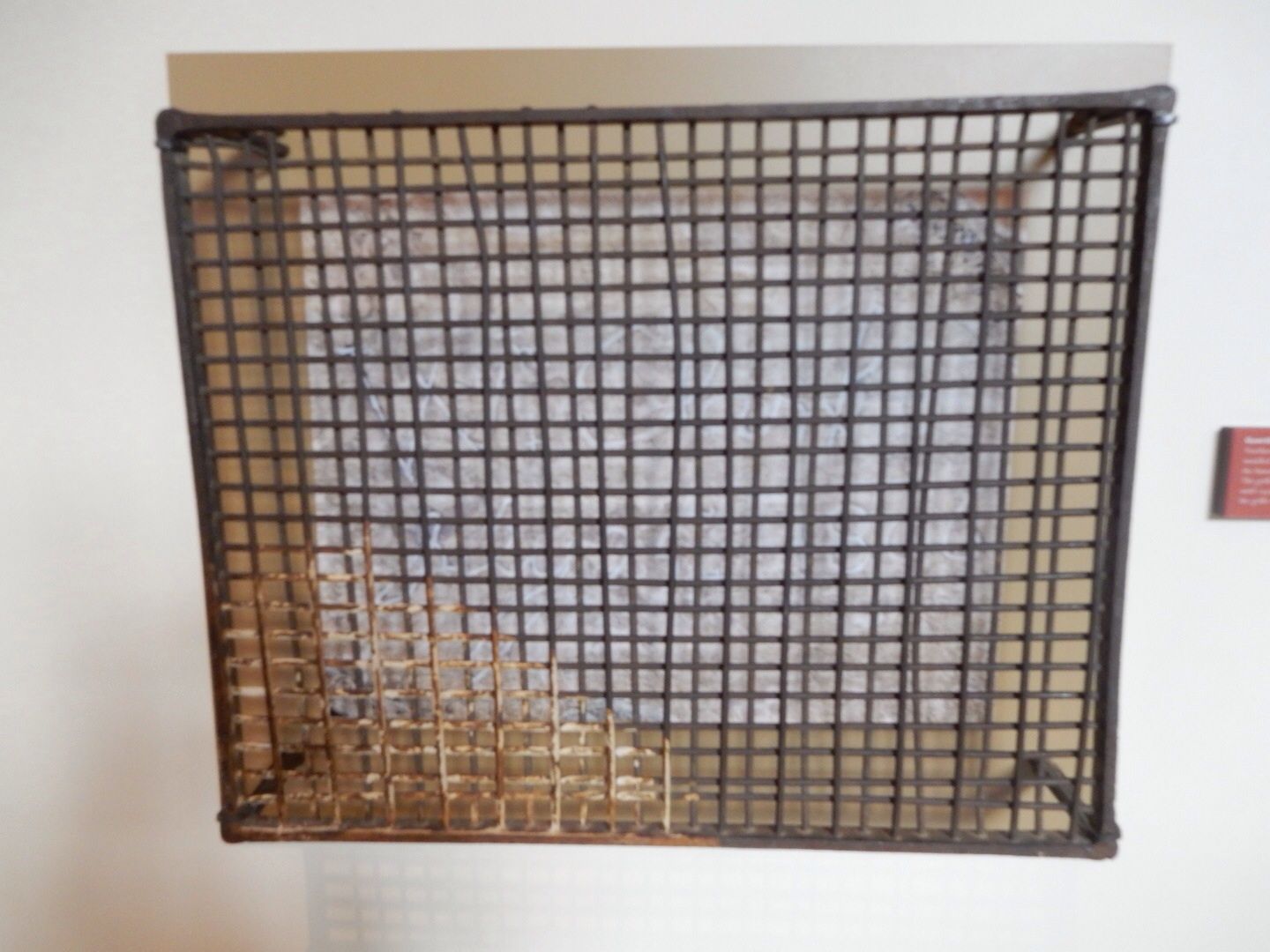
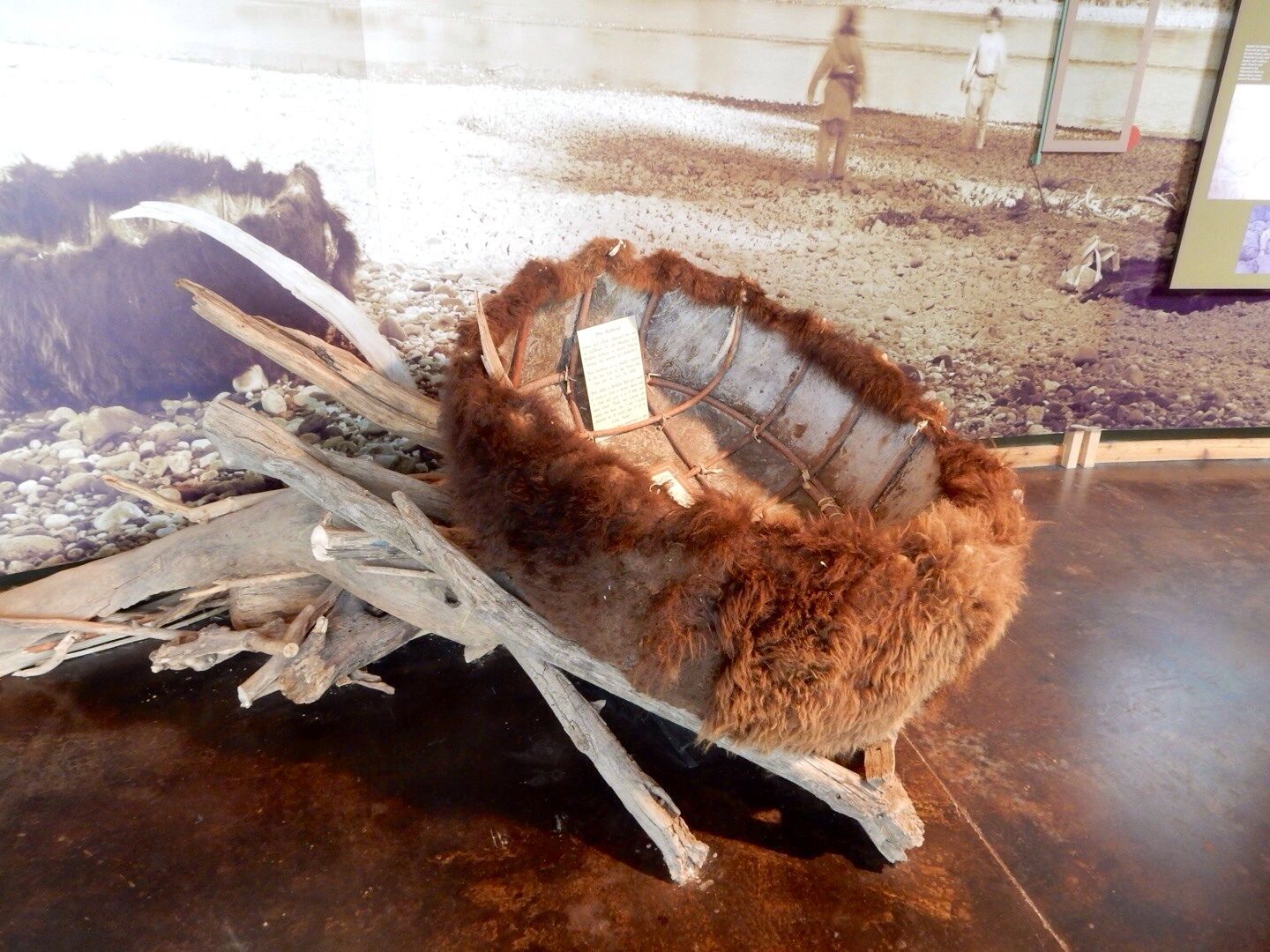
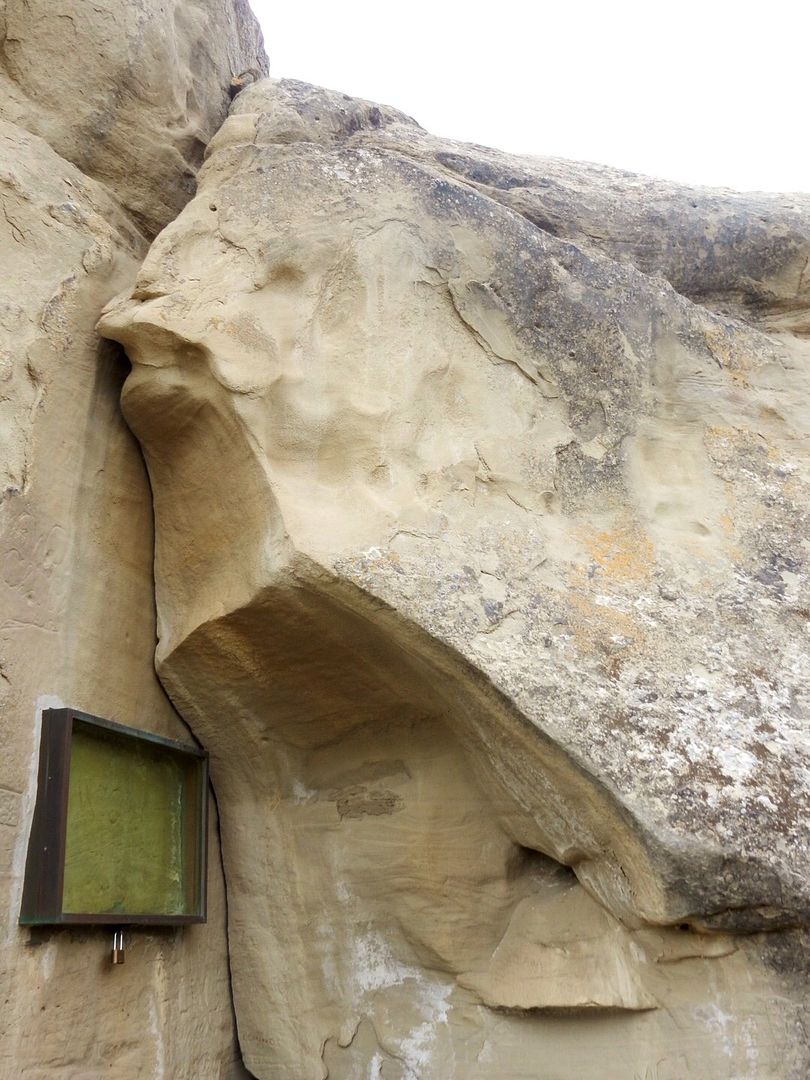

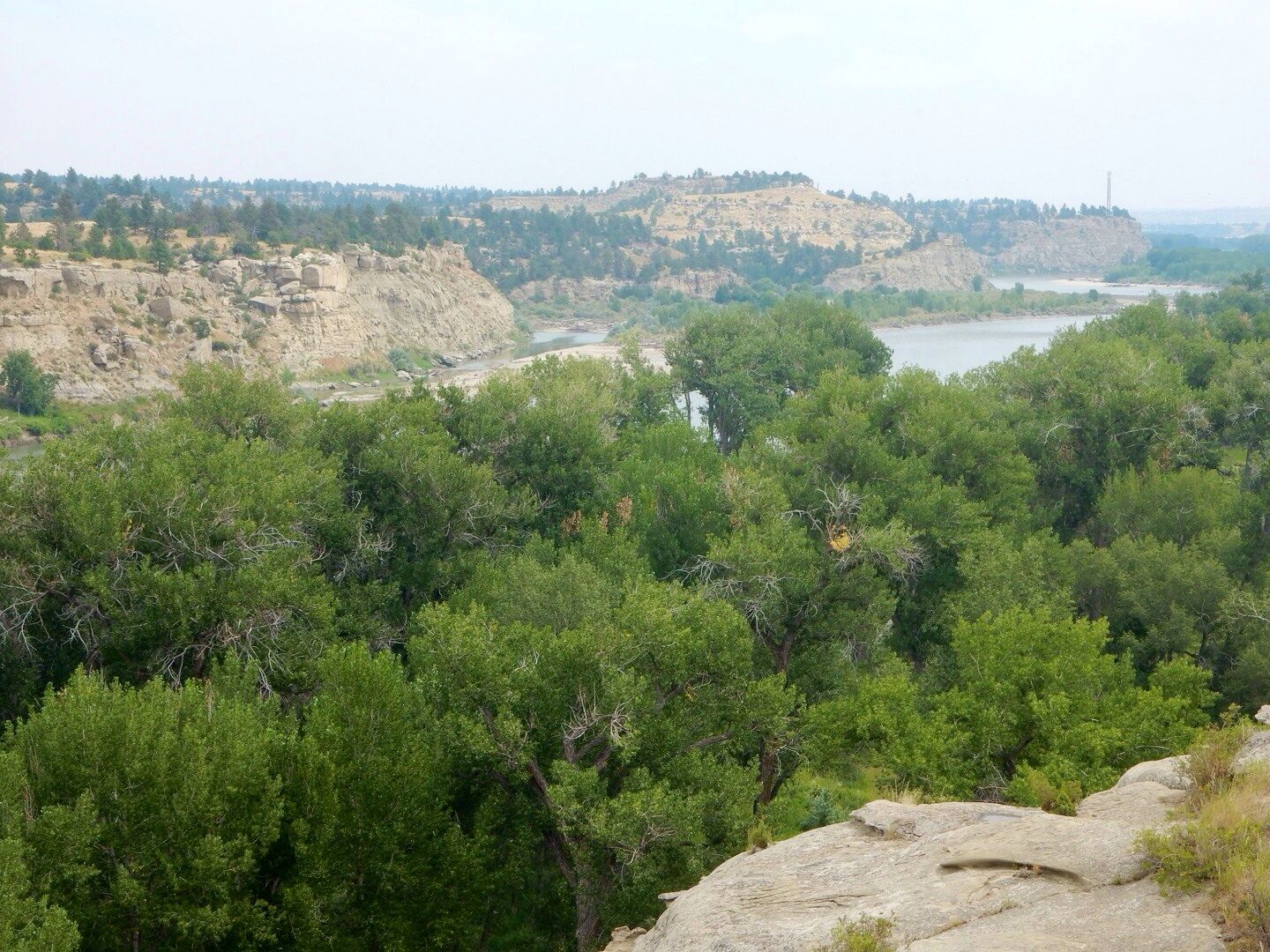
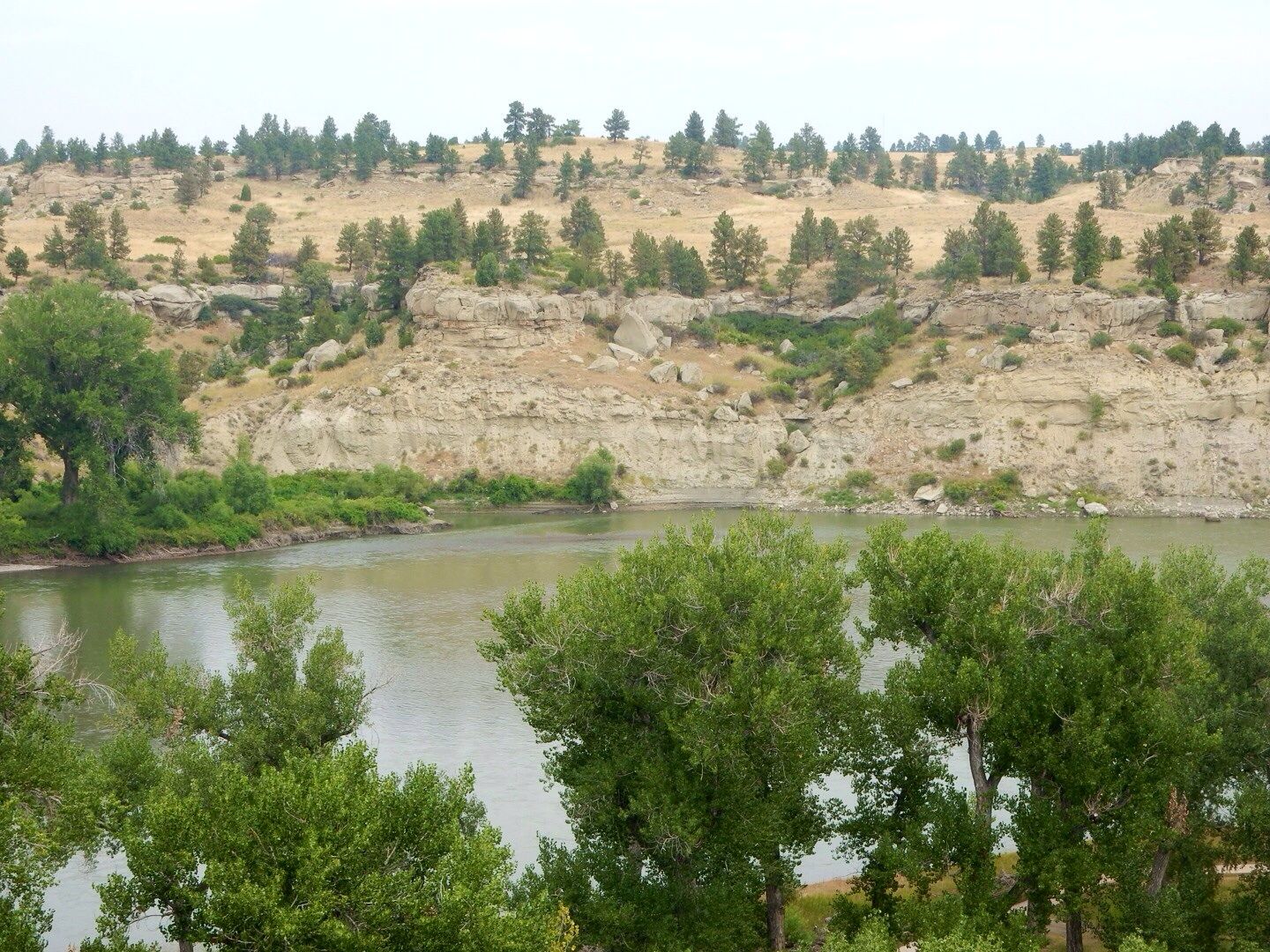
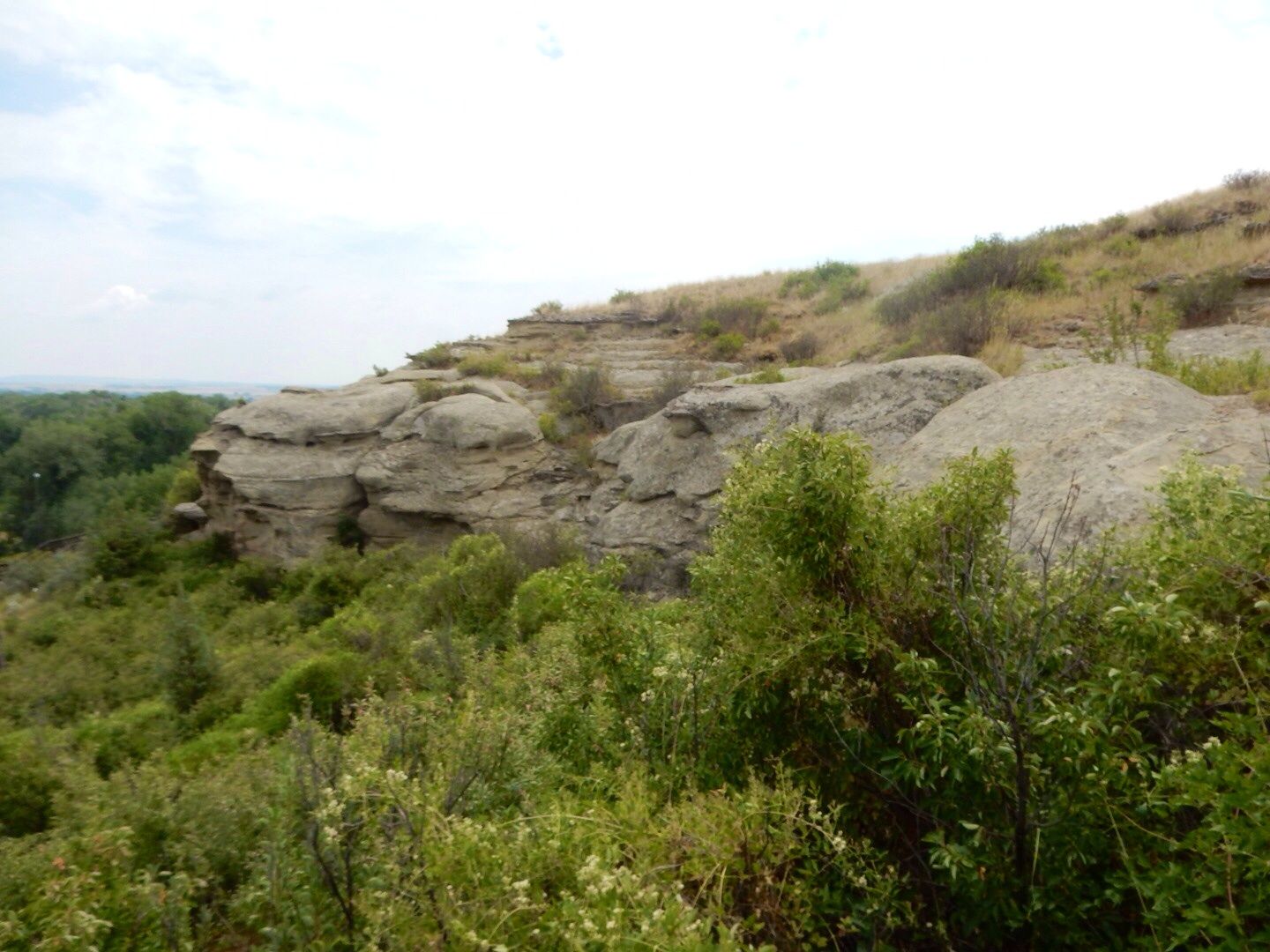
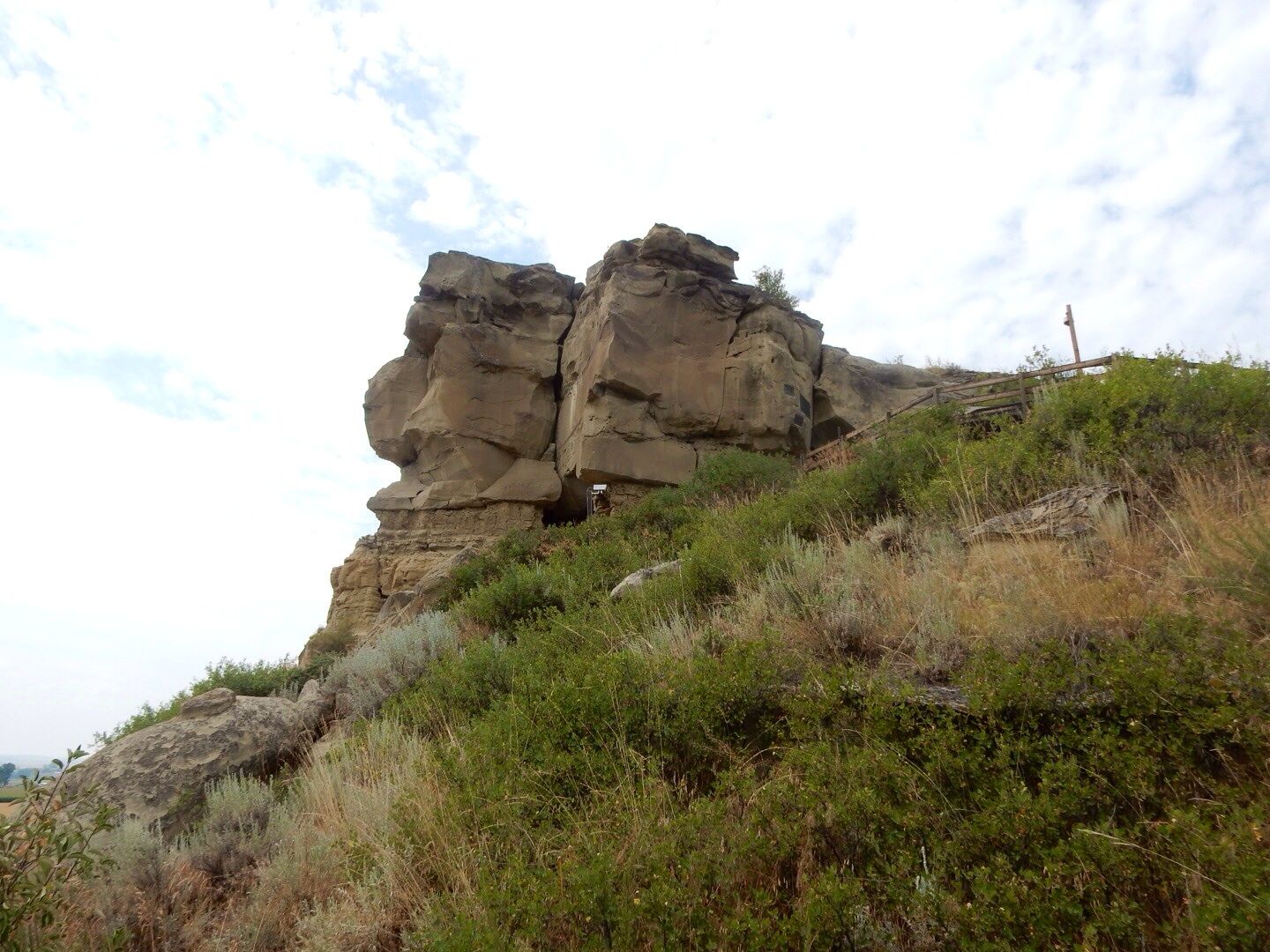

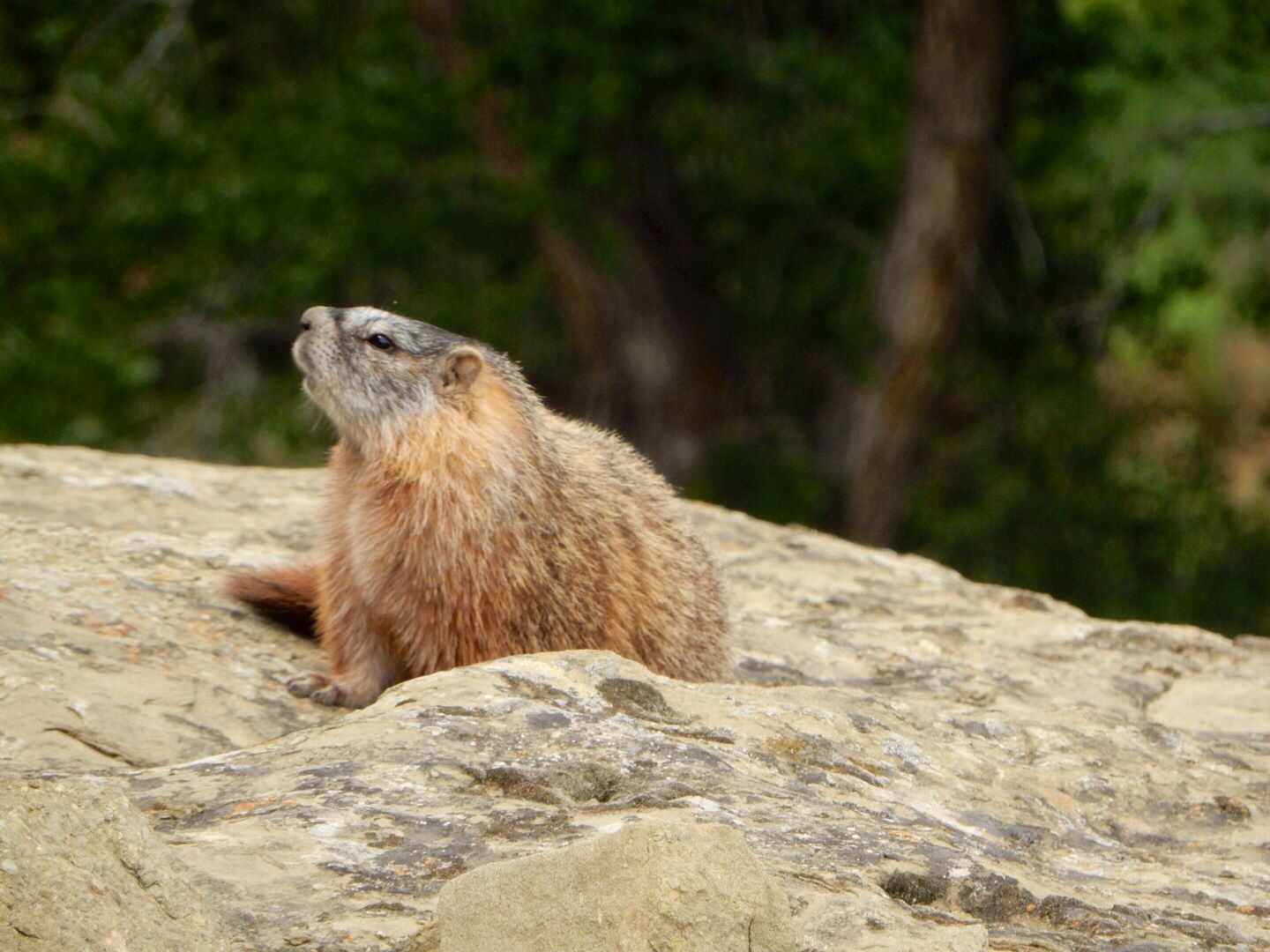
No comments:
Post a Comment